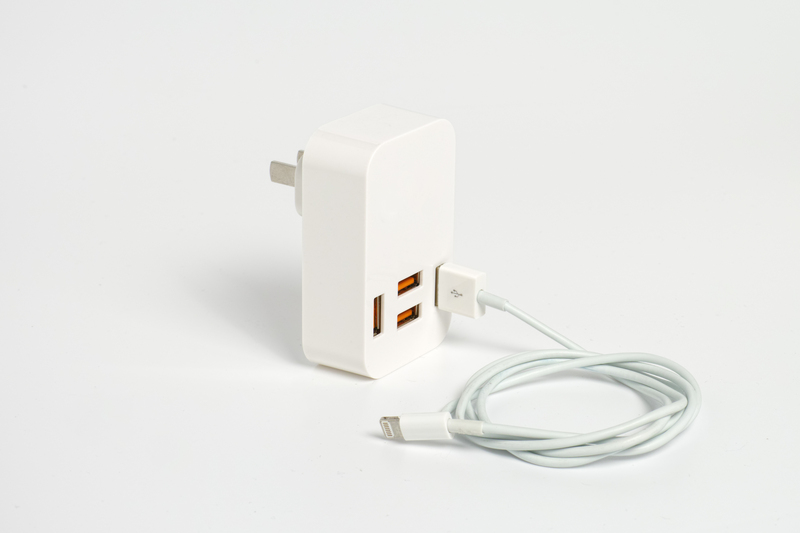Ensuring a smooth transition for your pup when moving
Posted on 06/10/2024
Ensuring a smooth transition for your pup when moving can be a daunting task for any pet owner. Moving to a new home can be a stressful experience for both you and your furry friend. Dogs are creatures of habit and tend to get attached to their daily routines, making them susceptible to anxiety when faced with major changes. However, with proper planning and some simple tips, you can help your pup adjust to the move seamlessly.
Making Your Pup Comfortable
Before moving day arrives, it is essential to make your pup feel comfortable in their new surroundings. Consider taking them on frequent walks around the neighborhood or visiting the local dog park to help them familiarize themselves with the new area. You can also introduce them to your new home gradually by allowing them to explore different rooms at their own pace.
Another way to make your pup feel at ease is by keeping their familiar belongings nearby. This includes their favorite toys, blankets, and bed. These items will provide a sense of familiarity and security for your pup during this transition period.

Planning Ahead
Moving can disrupt your pup's daily routine, which can cause stress and anxiety. To alleviate this, it is crucial to plan ahead and stick to a schedule as much as possible. This includes maintaining regular meal times, potty breaks, and exercise routines. Doing so will help keep your pup's routine consistent and minimize any disruptions.
Moreover, it would be best if you also planned for any possible emergencies during the move. Ensure that you have all necessary medical records, medications, and contact information for your pup's veterinarian readily available in case of any unexpected situations.
Traveling with Your Pup
If you are moving long-distance, traveling with your pup may require extra planning and preparations. It is vital to ensure that they are safe, comfortable, and secure during the journey. This could include booking pet-friendly hotels along the route or securing proper travel crates to keep them calm during the trip.
During the move, it is essential to make frequent stops to allow your pup to stretch their legs and do their business. This will not only help them release any built-up energy but also reduce their anxiety levels during the journey.
Settling into Your New Home
Once you have reached your new home, it is important to give your pup time to adjust. They may seem nervous or anxious in the first few days, which is understandable. To ease their transition, it is recommended to stick to their regular routine as much as possible and provide them with lots of love and attention.
It would be best if you also introduced your pup to the new surroundings gradually. Start by allowing them to explore one room at a time, and make sure to supervise them closely. If possible, try to set up their bed, toys, and food bowls in similar locations as before. This will provide them with a sense of familiarity and comfort in their new home.
The Pros and Cons
As with any major change, there are both pros and cons when it comes to moving with your pup. On the positive side, it presents an opportunity for your dog to experience new adventures and explore different environments. Moving can also bring about a fresh start for both you and your furry companion.
However, on the downside, moving can be a stressful experience for dogs. It may take some time for them to adjust to the new surroundings and feel comfortable again. Additionally, long-distance moves can also be physically taxing for older or anxious dogs.

Tips and Takeaways
- Plan ahead and stick to a schedule as much as possible.
- Keep familiar belongings close by for comfort.
- Make frequent stops during long-distance travels.
- Introduce your pup to the new environment gradually.
- Stick to a consistent routine after moving into your new home.
In Conclusion
Moving with your pup may seem like a daunting task, but with proper planning and some extra love and attention, you can make the process smoother for both you and your furry friend. Remember to be patient and understanding during this transition period, as your pup may need some time to adjust. With these tips in mind, you can ensure a stress-free move for you and your beloved pup.







